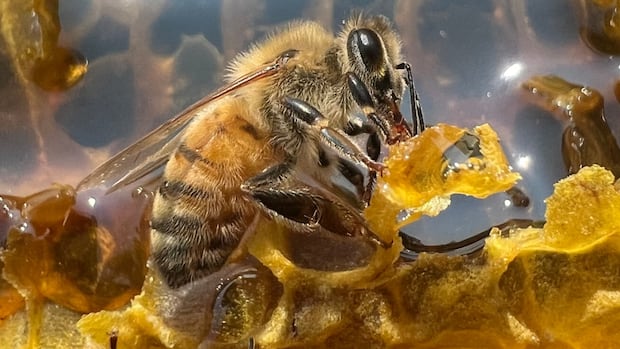‘Water is sacred’: Treaty 3 team deploys new water monitoring devices across territory

Laine Fyke, the environmental monitoring co-ordinator at Grand Council Treaty 3’s Territorial Planning Unit, emphasizes the importance of understanding the impact of climate change on lakes and rivers within Treaty 3 territory. This vast region, encompassing 28 First Nations from west of Thunder Bay, Ont., to north of Sioux Lookout and spanning into Manitoba, is rich in water resources that are vital for both ecological and human well-being.
In 2018, the organization initiated a community-based monitoring program to collect baseline water quality data using handheld meters. Building on this foundation, Fyke and her team have now introduced new cylindrical devices that measure water temperatures, pH levels, and dissolved oxygen in both short and long terms. These devices are crucial for detecting changes in aquatic ecosystems that may result from climate change, such as increased water temperatures leading to decreased oxygen levels and habitat loss for aquatic life.
Currently, eight devices have been deployed on large yellow buoys, with plans to expand to all 28 First Nations in the territory pending funding. Community involvement is key to the success of this program, as sites of ecological or cultural importance are identified collaboratively with local communities. This data can then be used to advocate for policy changes related to natural resource development, climate change, and other human impacts on the environment.
Scott Higgins, a senior research scientist at the International Institute for Sustainable Development’s Experimental Lakes Area, has offered support to Grand Council Treaty 3 in their monitoring efforts. Community-based monitoring programs play a vital role in collecting data from remote areas where traditional monitoring may not be feasible. With ongoing developments in the region, such as logging and mining, establishing baseline data is essential for understanding how industrial activities may impact water quality over time.
Fyke stresses the sacred nature of water and the interconnectedness of all beings with aquatic ecosystems. She urges respect for the monitoring devices deployed during the open water season and emphasizes the importance of preserving water resources for future generations. By raising awareness about the significance of Treaty 3’s waterways and engaging communities in monitoring efforts, the project aims to protect and conserve these valuable resources for the benefit of all.




